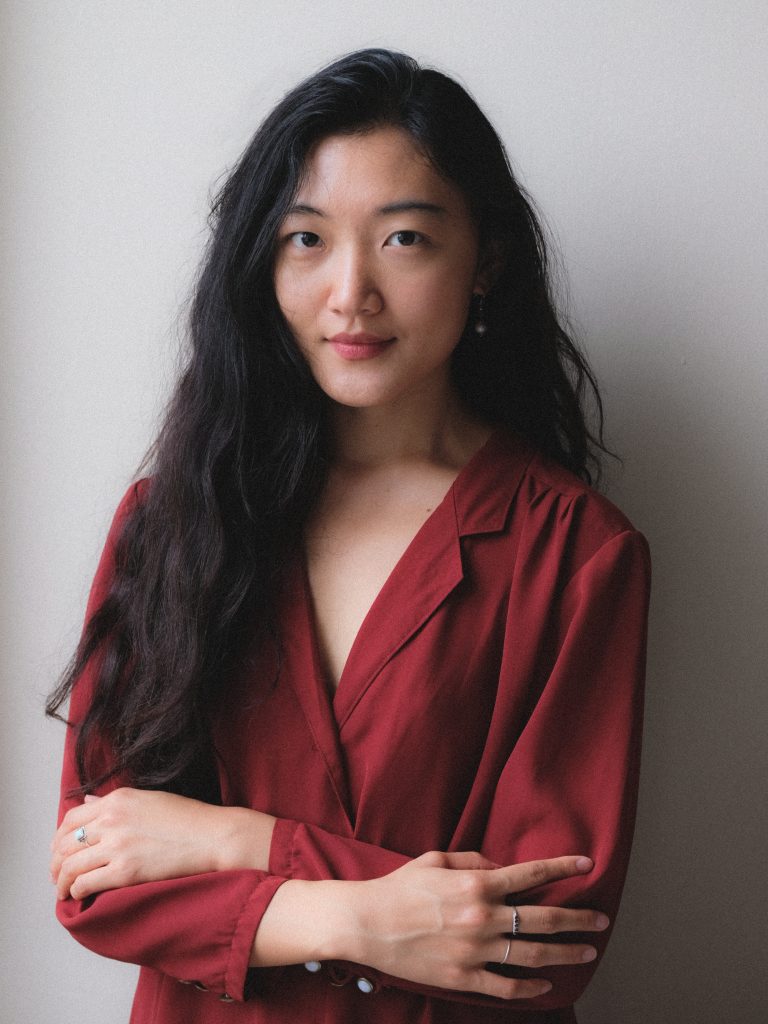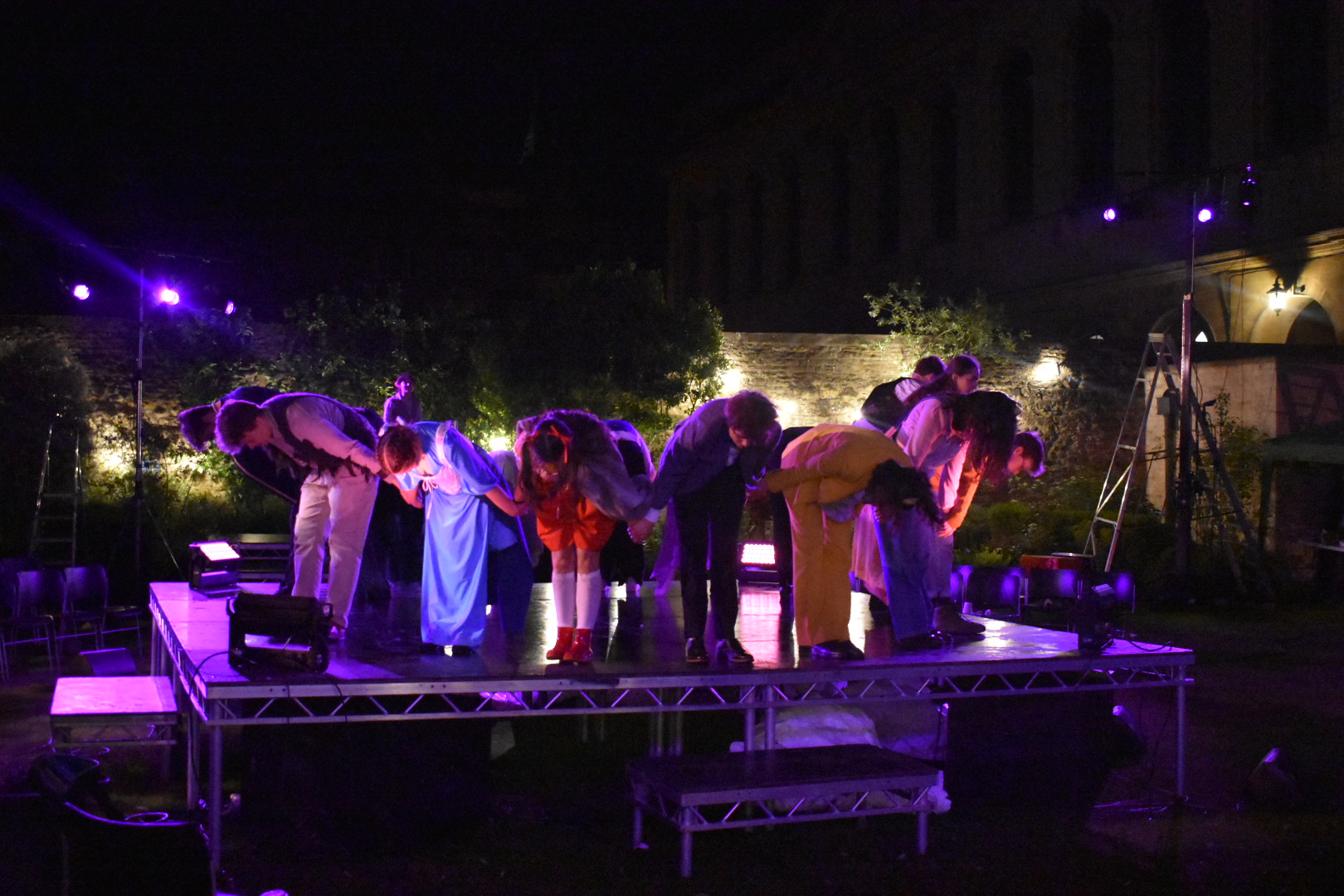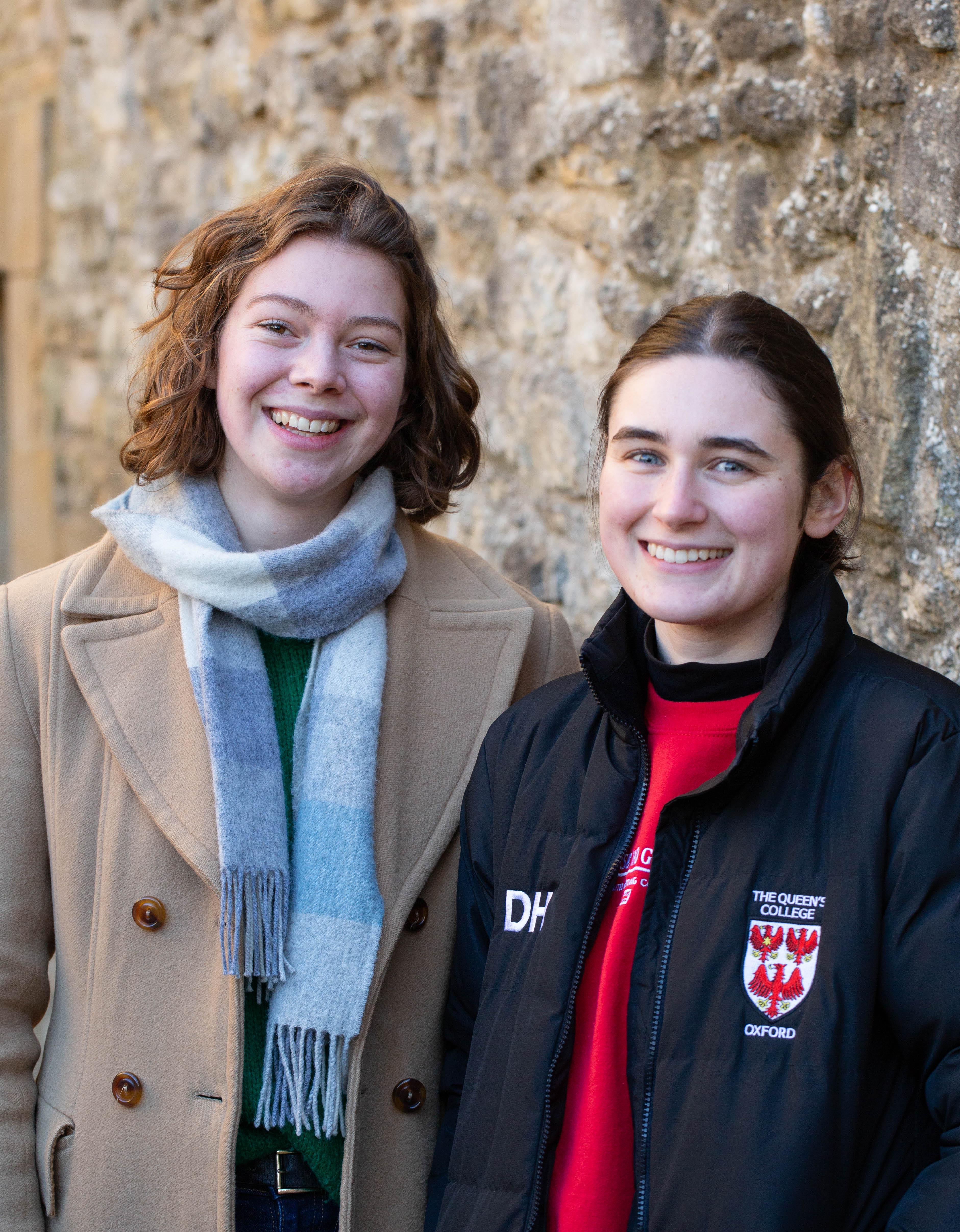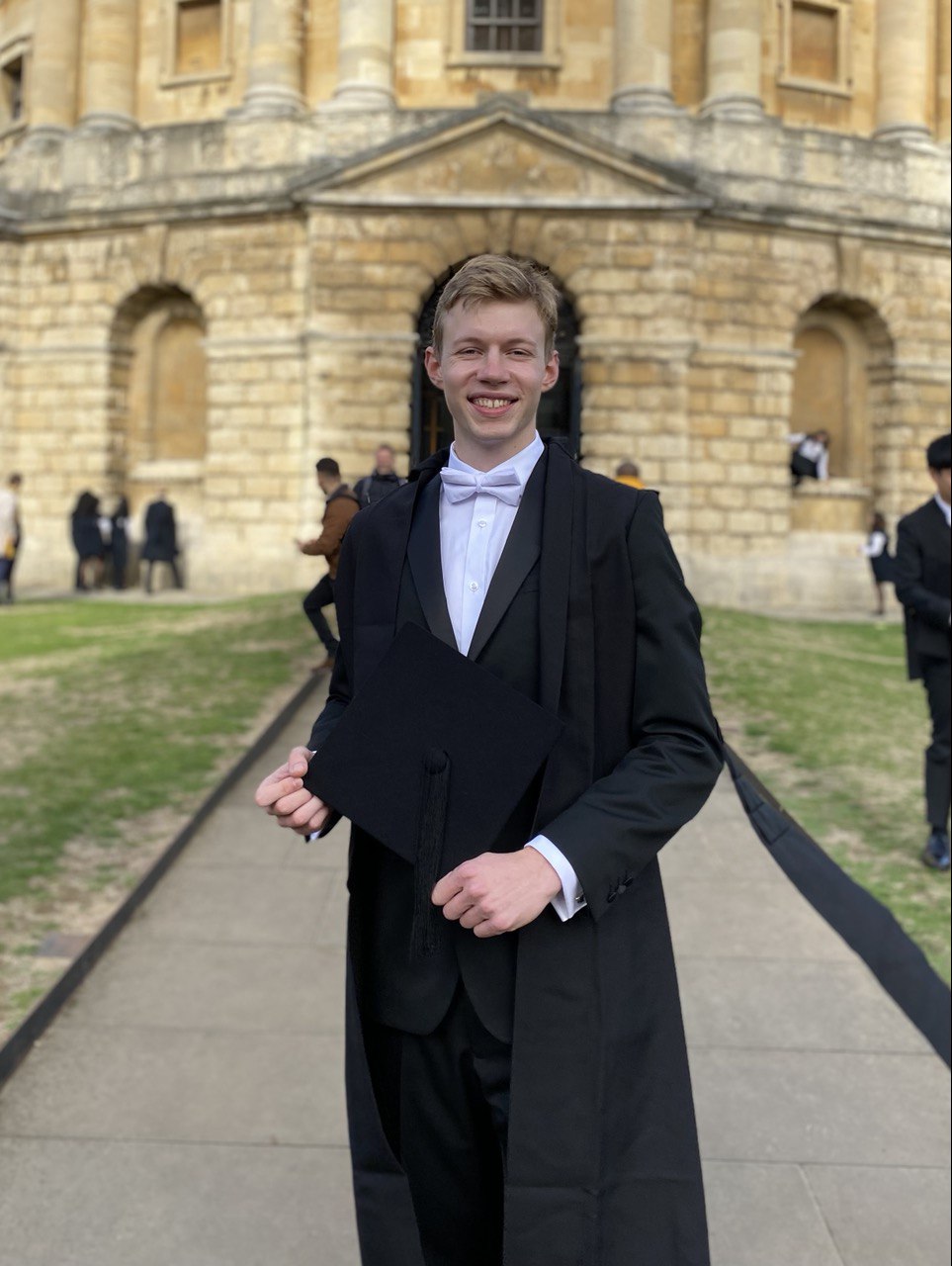DPhil Fine Art student Xinyue Liu examines the relationship between the grieving of ecological loss and contemporary art. Here she talks about what this means and why she embraces an interdisciplinary approach.
Please can you tell us a bit about your work on ‘ecological grief’ and how you define this term?
Regarding a definition of ecological grief, environmental philosophers Ashlee Cunsolo and Neville R. Ellis said it best: “the grief felt in relation to experienced or anticipated ecological losses, including the loss of species, ecosystems and meaningful landscapes due to acute or chronic environmental change.”
My thesis project is focused on a genre that I call the ‘cinema of ecological grief,’ which examines the relationship between the grieving of ecological loss through contemporary art, with film being a prominent medium. I understand the cinema of ecological grief as a collective endeavour amongst artists who care about ecological degradation and carry the task of mourning through their work. In practice, I study the artworks and theories of others as well as make art on my own.
Grief, as I understand it, can be an active force to help us overcome the impasse of ecological trauma. The cinema of ecological grief thus strives to make visible the past and potential losses and move us to a filmed reality in which we have sympathy for our own kind, of course, but also for animal and plant lives, places, and ecosystems.
You recently organised a screening in College of Behemoth, a documentary film that offers a rewriting of Dante’s Divine Comedy as a vehicle for exploring landscape aesthetics and ecological grief. Can you tell us more about how the film achieves this?
I find the soundscape of Zhao Liang’s (赵亮) Behemoth particularly elegiac. There is an obvious comparison between the miners having to go lower each year to extract resources and the descent through Hell in the Divine Comedy. Yet, unlike Dante’s Virgil, the guide in Behemoth ‘does not know how to write poetry’ but carries a giant mirror on his back.
The film employs a significant amount of silence that is rather reflective. The lack of verbal communication shifted the viewer’s attention to the creases on the miners’ skin, and how their bodies are visibly shaken when muffled explosions threaten to collapse the underground tunnels. The silence itself is humanising. It also hints at the alienated nature of the miner’s work––the act of excavation is numbing, pointless, and brutal, performing which humans are reduced to tongue-tied creatures.
After the screening, you arranged a discussion that brought together academics from History of Art, Geography, and Anthropology. Can you explain why you chose an interdisciplinary approach?
I come from a multi-disciplinary background. My master’s programme in fine art at Simon Fraser University had a specific collaborative focus. I was encouraged to work with people from other disciplines on various projects––dance, theatre, music, etc. I suppose that urge to create with others and for others stayed with me. This urge fits in well with the notion of ‘ecology as intersectionality’. This concept comes from art historian T.J. Demos, who draws on the work of legal scholar Kimberlé Crenshaw to elucidate that ecological work is situated at the ‘cross section of multiple fields of social, political, economic, technological, and material determinations’. That is to say, no one discipline alone can address the magnitude of the trouble in which we find ourselves.
No one discipline alone can address the magnitude of the trouble in which we find ourselves.
On a smaller scale, when I hear about other people’s research, I always think about how our works overlap and can enhance each other, rather than our differences. In my special issue titled ‘Ecological Grief’ at Art Review Oxford, for example, I chose to include work from historians, artists, and geographers to embrace this interdisciplinary commitment.
What will you be working on next?
I am always multitasking. I am still consolidating the materials I gathered from my visit to the Centre of Hydrobiology, Chinese Academy of Science in Wuhan, and planning to turn the materials I gleaned there into a story on interspecies care, harm, and grief.
What do you enjoy most about being a student at Queen’s?
Being an active member at the MCR. I have thoroughly enjoyed being a Women’s Officer with my friend Melody Li, who is a DPhil candidate in archaeology. Together, we reinstalled the consent workshop, made sure of the distribution of free period products in college bathrooms, and hosted a celebratory story-sharing and dinner event with the Queen’s Women’s Network.
Can you recommend a piece of art?
I will recommend Palestinian artist Larissa Sansour’s short film, In Vitro. The film is told from the perspectives of a mother and a daughter who live in an ecologically devastated future, where humans live in controlled environments and rely on synthetic memory. Sansour’s film thoughtfully reflects the atrocities of war and the fragility of our ecosystem.



